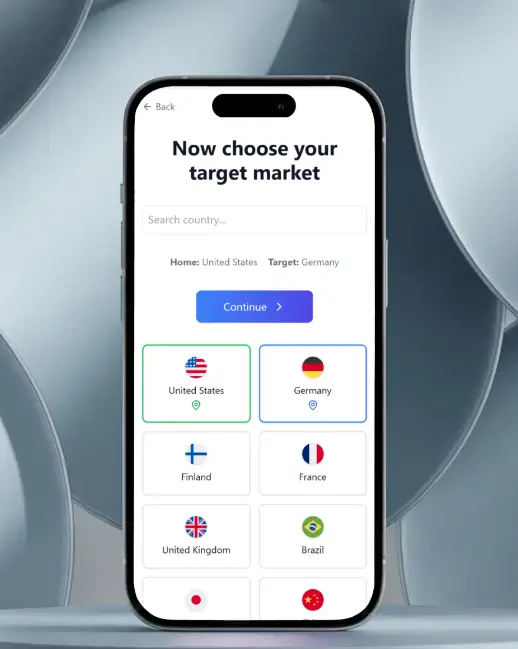Selling B2B tech, especially enterprise solutions, requires a solution sales way of thinking and approach. You need to know your customers, their stakeholders, and decisions makers. You need to understand their why’s, what’s and how’s, in practice what they do and what drives them.
Qualifying your customers
Especially with scarce resources, you need to be concise where you spend them. Going after customers, that doesn’t fit the picture, is a poor strategy. You need to do your homework and spend time analyzing your target markets and verticals and who is your ideal customer (or partner). As important is, what are the criteria that gives you green light to start contacting your prospecting customers. This is kind of sharpening the ax before the battle. With proper planning, you increase your odds of bringing business home. Don’t shoot everything that moves. Instead, use the sharpshooter approach to optimize your resources and the likelihood of breaking through.
Know your customers stakeholders
When selling more complex solutions, the price tag is usually bigger. The higher the price, the more you have stakeholders affecting the decision-making process. These could be end-users, IT, purchasing director, CFO, or even the CEO. Different stakeholders have – in addition to corporate policy and rules – their own drivers and things that make them tick. For example, end-users like to use a product that is easy to use and has no bugs, IT is concerned about security, integration possibilities, functionalities, etc. Purchasing director is compensated by buying with optimal terms (cheaper!) and the CFO has the budget and the big picture on the company’s finances. Your solution could be a strategic piece to your customers or partners’ business; hence the CEO could be involved in the process. In a nutshell, you should address all stakeholders and tweak the value proposal when needed.

Download our checklist to make sure your company is ready to expand internationally!
Download NowResolving a problem
Solution sales is in practice a function that resolves a challenge your customer has, ending up either making more money or saving it. So, if your prospecting customer doesn’t have a problem, you cannot offer to resolve it. Often, with new solutions, the customer doesn’t know that they have a challenge and a good solution salesperson needs to make the customer realize that they do have an issue. This is done with big ears and a pre-planned set of questions and presenting customer cases. Here again, it depends on who you’re talking to. If it’s the CFO, you need to convince him/her that there a lot of potential savings to be crabbed with your solution. Talking to the VP of sales, the focus should be how to increase sales, IT director is interested in what you tell him/her about the security features and robustness of your solution. And the story goes on.
Build and document your sales process
The day you scale your business to new markets, you need to get serious about your sales process. What is your sales process? Can you describe it and convince me that you have thought about it properly? A sales process contains for example:
- sales plan with objectives and plan to execute
- sales team roles and responsibilities
- tools and reporting
- description of the sales cycle from 1st contact to closing
- documented process for qualifying prospects
- account plan templates with stakeholder approach
- resources (for example pre-sales or technical) to be used in various phases of the cycle
- material bank, presentations, teaser material, videos, proposal templates, etc.
A well-planned and documents sales process is essential when you start pushing the pedal towards the floor. If you proceed opportunistically, you will face a steep learning curve and eventually you realize that you should have done this right from the beginning. Do it now and avoid loss of time, money, and resources and give yourself a chance of succeeding!
We build international success stories
International expansion is a daunting task that companies still manage to overlook when crafting their plan. This results in less than ideal execution that doesn’t bring any satisfactory results. We work with B2B SaaS companies to create a comprehensive sales and go-to-market plan as well as build a sales team to make sure your future clients know you’re there to stay.


















